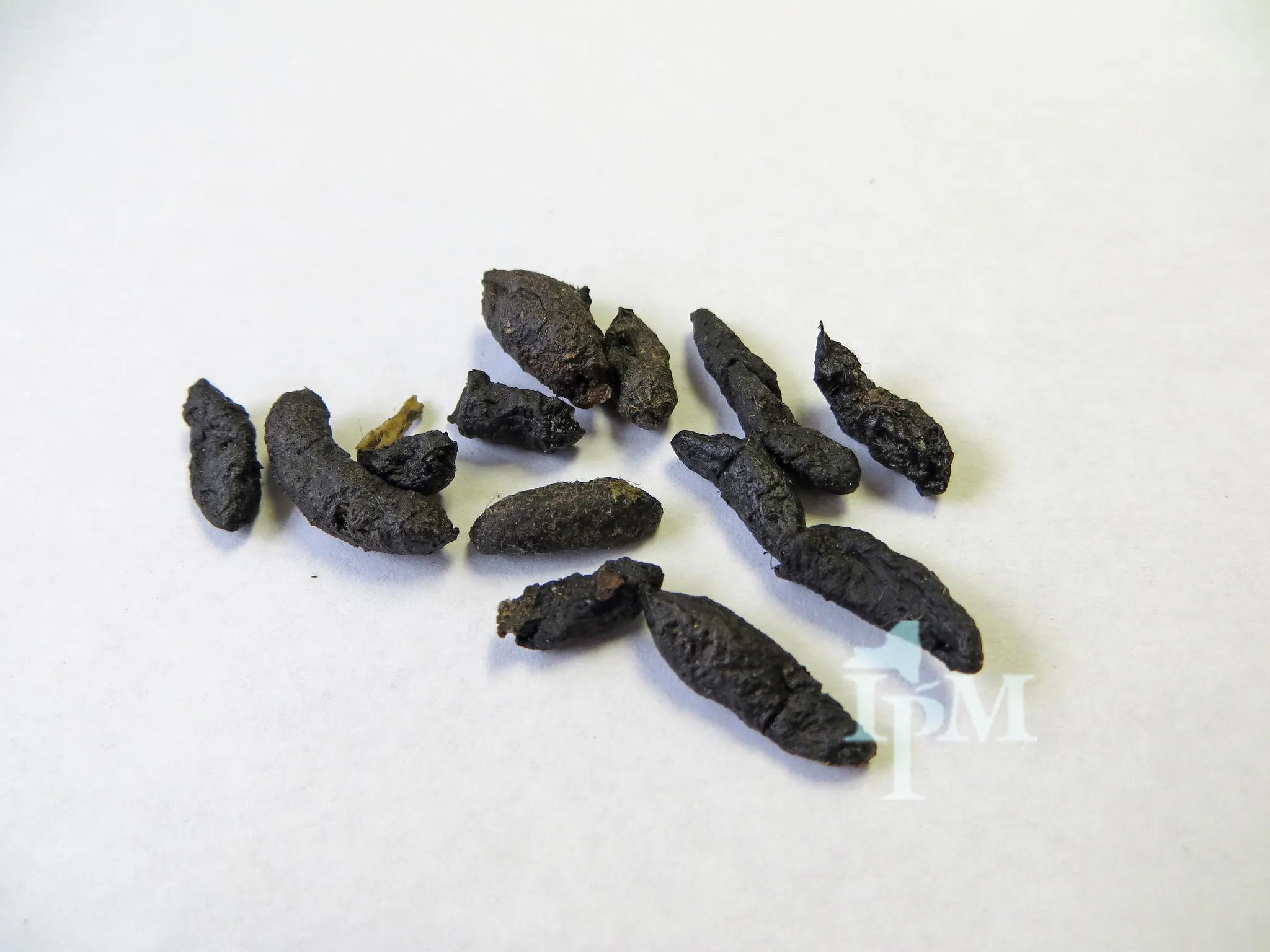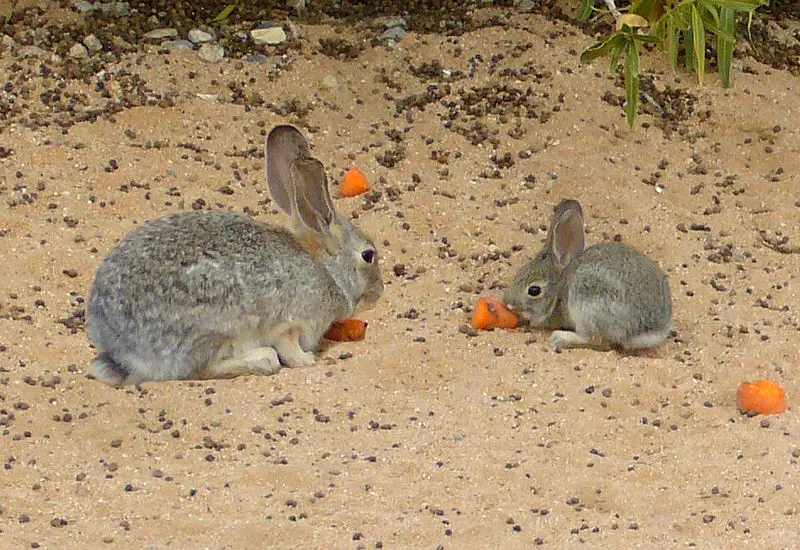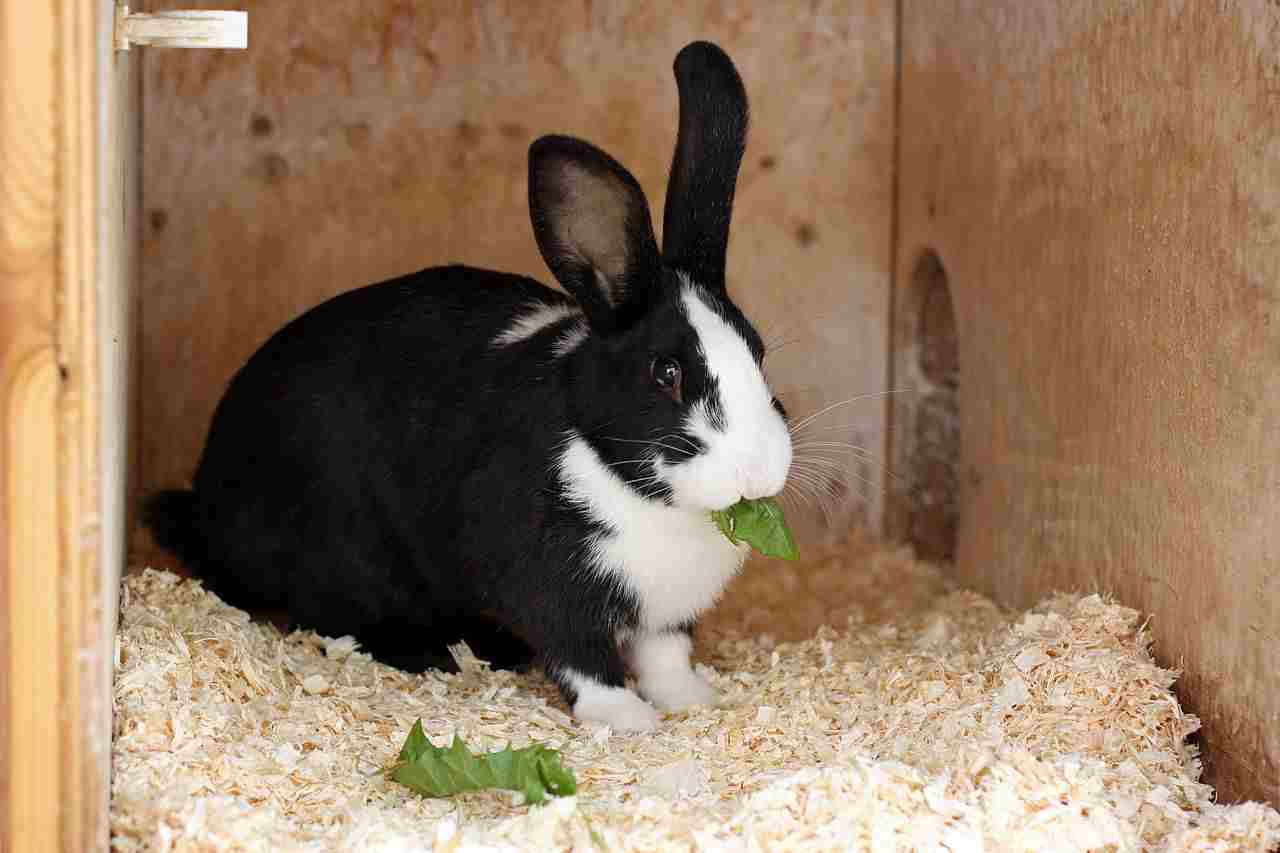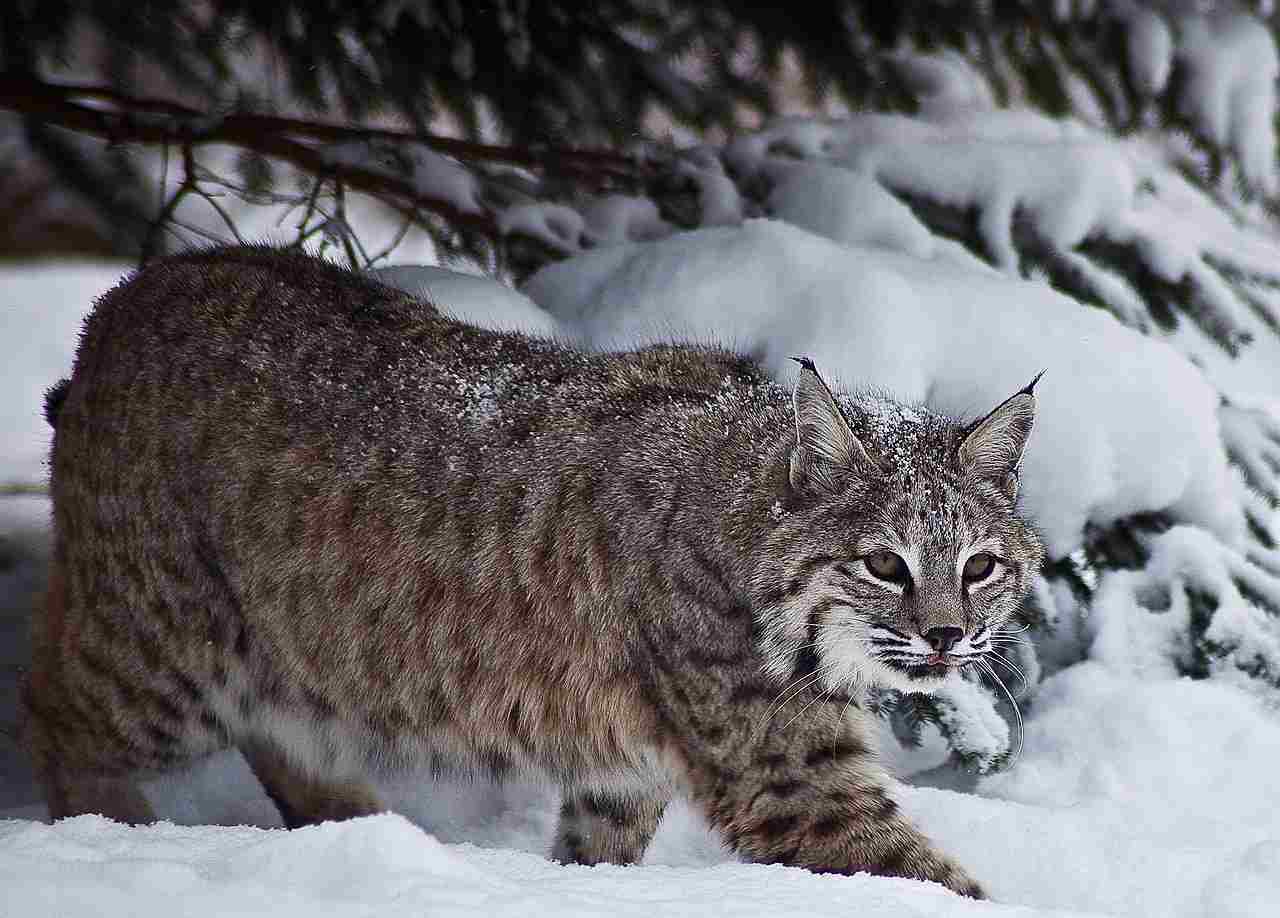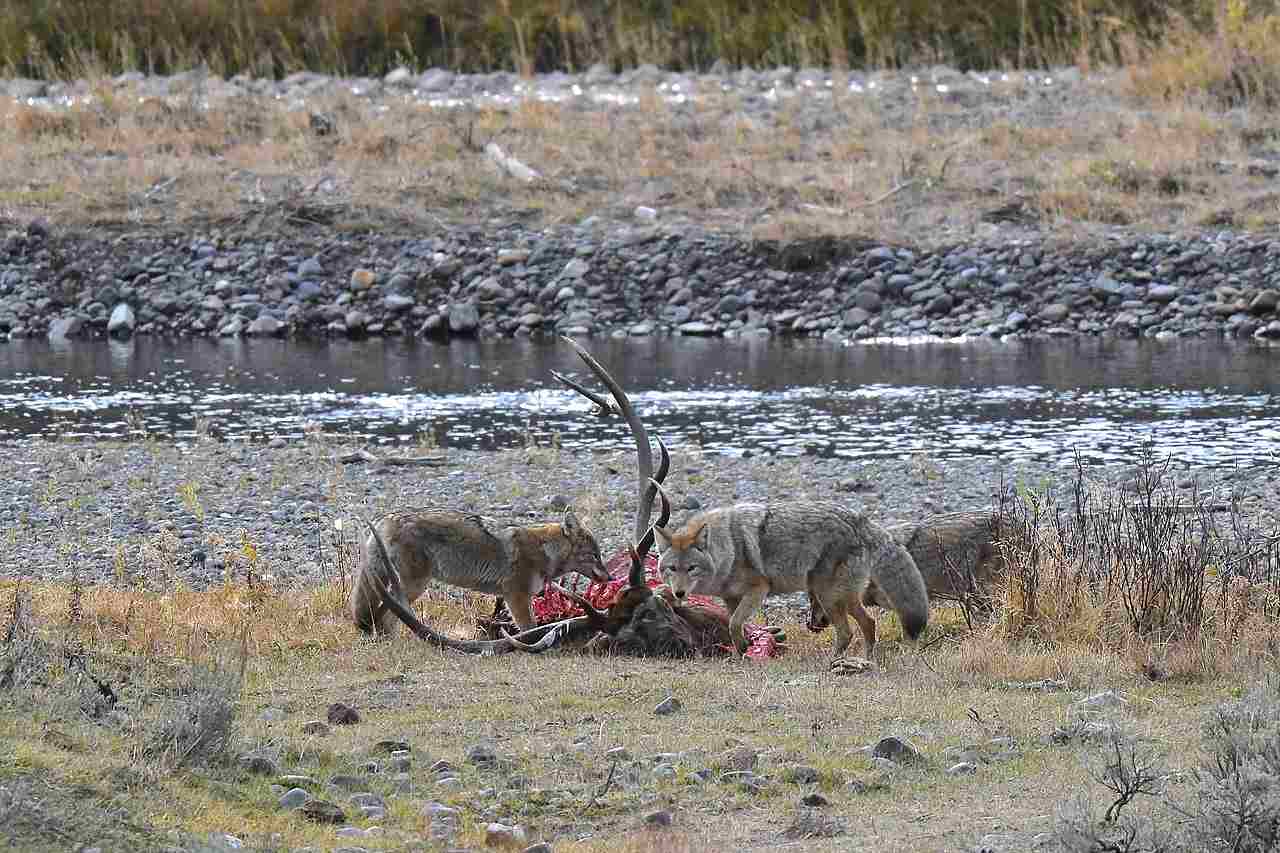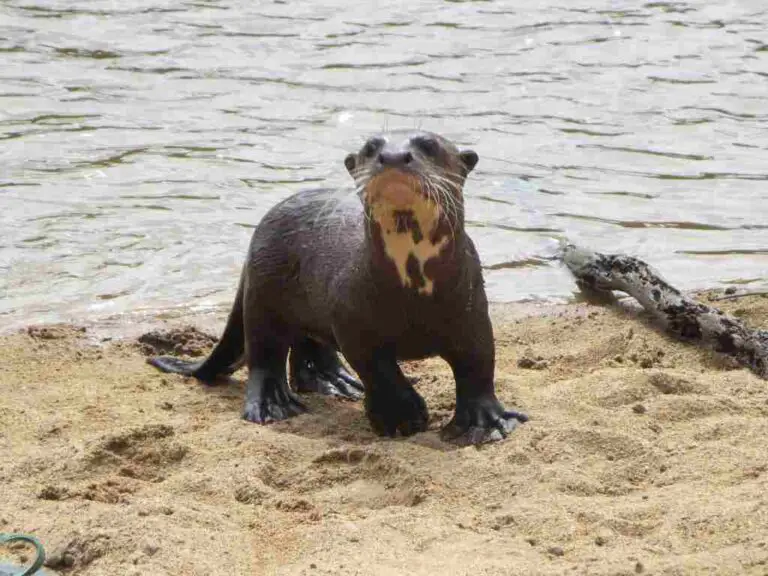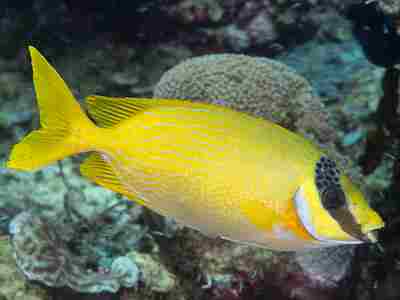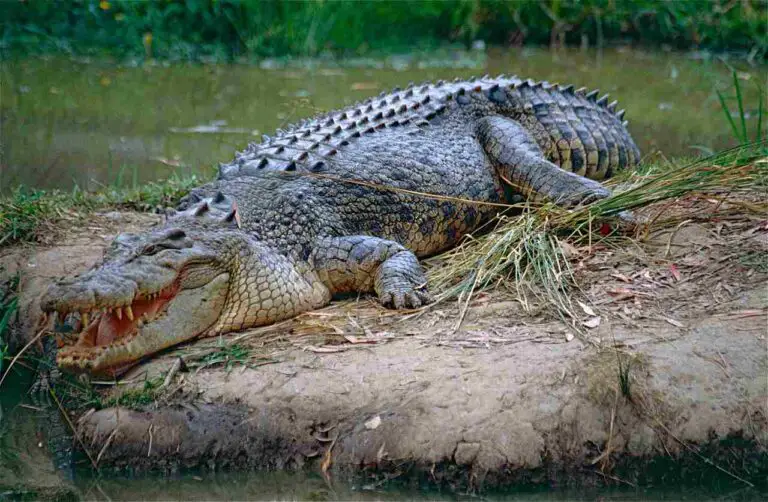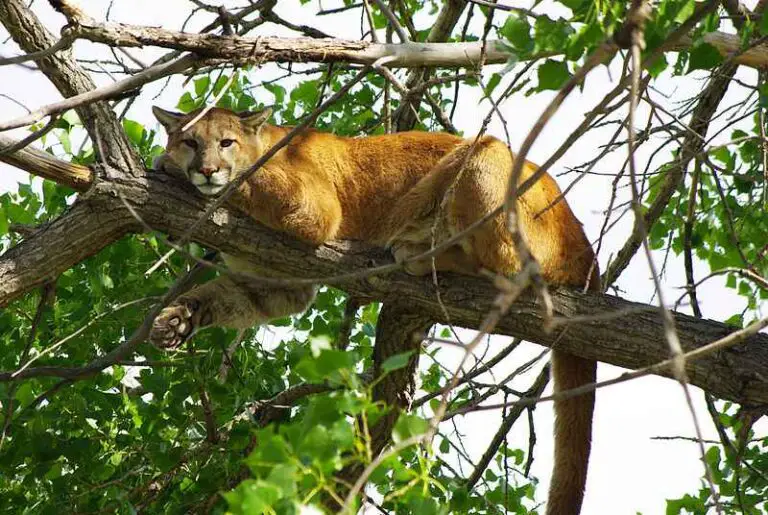Rabbit Vs Deer Scat, Overall Features Compared
Exploring the nuances between rabbit and deer droppings provides insights into their habits, sizes, and distinctive scat characteristics.
I. Size and Shape:
– Rabbit poop, being smaller, exhibits pellets measuring less than a centimeter in diameter. In contrast, deer droppings are larger, with pellets typically measuring between 2cm and 3cm. This noticeable size disparity serves as an initial distinguishing feature.
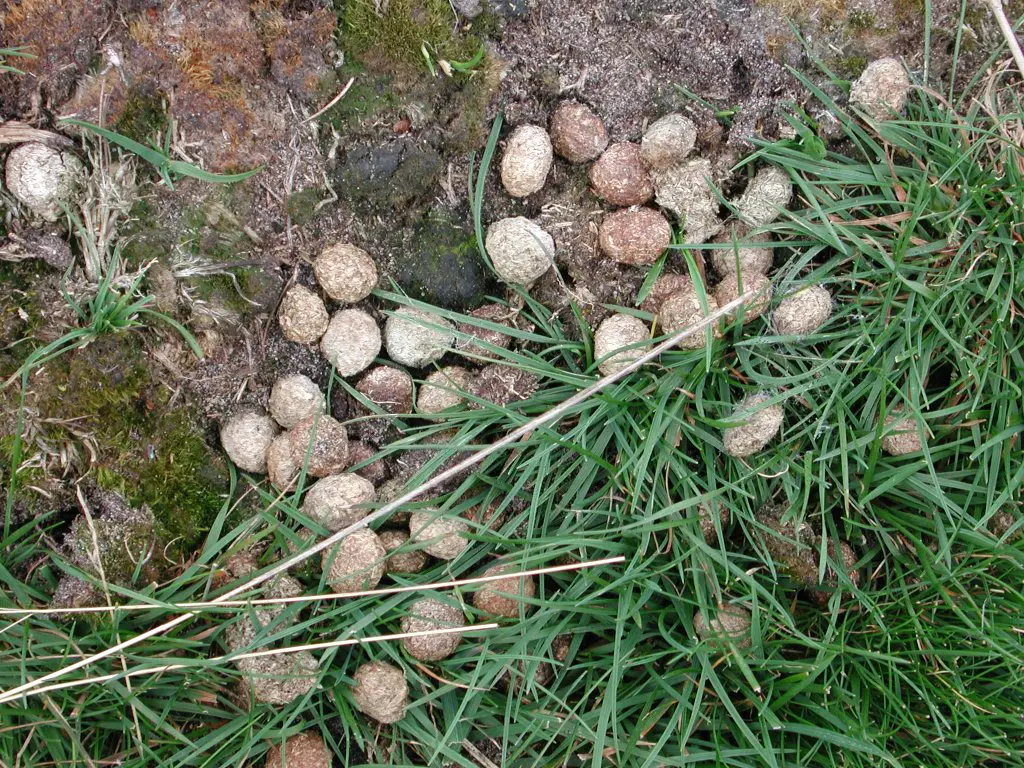
II. Round vs. Oblong:
– A key factor in identifying scat differences lies in the shape. Rabbit droppings maintain a round and compact appearance, akin to peas. On the other hand, deer scat takes on a more oblong form, resembling coffee beans. Recognizing this variation enhances our ability to discern their presence in the wild.
III. Texture and Roughness:
– Rabbit pellets are known for their roundness and rough texture. In contrast, deer pellets are slightly elongated, featuring a distinctive tiny indent on one end. These textural variations contribute to the unique appearance of each species’ scat.
IV. Confusion and Clarification:
– The confusion between deer and rabbit scat is common, emphasized by resources discussing how these scat types are often confused. Education and awareness are crucial for outdoor enthusiasts to accurately identify these animal signatures during hikes and nature explorations.
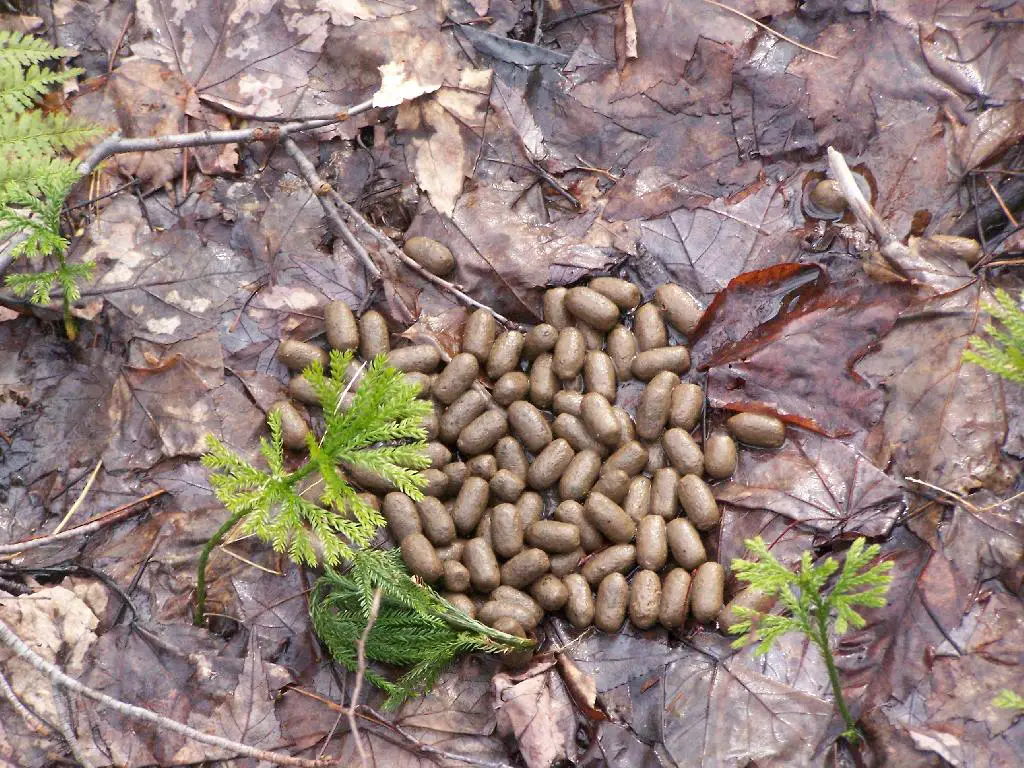
V. Additional Factors:
– Another factor influencing the scat’s appearance is the animals’ diet and digestive system. Understanding these factors aids in further differentiating between rabbit and deer droppings.
VI. Behavioral Clues:
– Alongside scat differences, behavioral clues, such as browsing height, further distinguish these animals. Deer generally browse higher on plants, up to six feet, while rabbits leave round droppings and tend to feed closer to the ground.
*Details of Comparison
| Criteria | Rabbit | Deer |
| Taxonomy | Lagomorpha, Leporidae, Oryctolagus/Sylvilagus |
Artiodactyla, Cervidae, Capreolinae/Cervinae
|
| Appearance | Smaller, shorter legs, herbivorous dentition |
Larger, long legs, antlers in males, herbivorous dentition
|
| Size | Varies, 12-16 inches |
Varies, white-tailed deer 5-6 feet
|
| Weight | 2-4 pounds |
100-300 pounds (white-tailed deer)
|
| Dentition and Bite Force (PSI) | Sharp incisors, moderate bite force |
Herbivorous dentition, varying bite force
|
| Physical Offensive Advantages | Swift, sharp claws, incisors |
Antlers (males), powerful hooves
|
| Physical Defensive Advantages | Camouflage, evasion, burrow construction |
Vigilance, rapid flight, camouflage
|
| Speed | 35-45 mph |
Up to 30 mph (white-tailed deer)
|
| Agility | Highly agile |
Agile, especially in varied terrains
|
| Senses | Acute hearing and smell |
Acute hearing and smell
|
| Overall Physical Capacity | Swift, agile |
Long-distance runners, swift
|
| Habitat Preference(s) and Geographic Region | Adaptable, with deer favoring wooded habitats |
Adaptable, with deer favoring wooded habitats
|
| Tracks | Small, distinctive tracks |
Larger tracks, hoof print
|
| Lifespan | Shorter lifespan |
Varies, white-tailed deer 4-5 years
|
| Mode of Feeding | Herbivores, impacting vegetation control |
Herbivores, impacting vegetation control
|
| Intelligence | Exhibits intelligence for survival and social interactions |
Exhibits intelligence for survival and social interactions
|
| Social Behavior | Varies, with social behaviors |
Varies, with social behaviors
|
| Mode of Reproduction | High reproductive rate |
Lower reproductive rate, longer gestation
|
| Parental Behavior | Limited parental care |
More involved parental care
|
| Proximity to Human-Inhabited Areas | Adaptable to human-altered landscapes |
Adaptable to human-altered landscapes
|
| Behavior Toward Humans | Cautious but may adapt to human presence |
Can be skittish or tolerant, depending on interactions
|
| Danger Posed to Humans | Generally minimal direct danger |
Generally minimal direct danger
|
| Associated Precautions | Caution needed for zoonotic diseases, pet owners should be aware |
Caution during mating season, drivers should be aware of deer crossings
|
| Conservation Status | Varies, influenced by habitat loss |
Varies, influenced by habitat loss and human activities
|
Key Points
- Both are herbivores with social behaviors and adaptability.
- Varying reproductive strategies, sizes, and physical adaptations distinguish them.
- Human precautions are essential for both species, considering zoonotic diseases, mating seasons, and road safety.
- Conservation efforts are necessary, with varying statuses influenced by habitat loss and human activities.
1. Taxonomy
Rabbit:
Order: Lagomorpha
Family: Leporidae
Genus: Oryctolagus (European rabbit) or Sylvilagus (cottontail rabbits)
Species: Various, e.g., O. cuniculus (European rabbit) or S. floridanus (Eastern cottontail)
Deer:
Order: Artiodactyla
Family: Cervidae
Subfamily: Capreolinae (e.g., white-tailed deer) or Cervinae (e.g., red deer)
Genus: Odocoileus (white-tailed deer) or Cervus (red deer)
Species: Various, e.g., O. virginianus (white-tailed deer) or C. elaphus (red deer)
2. Appearance
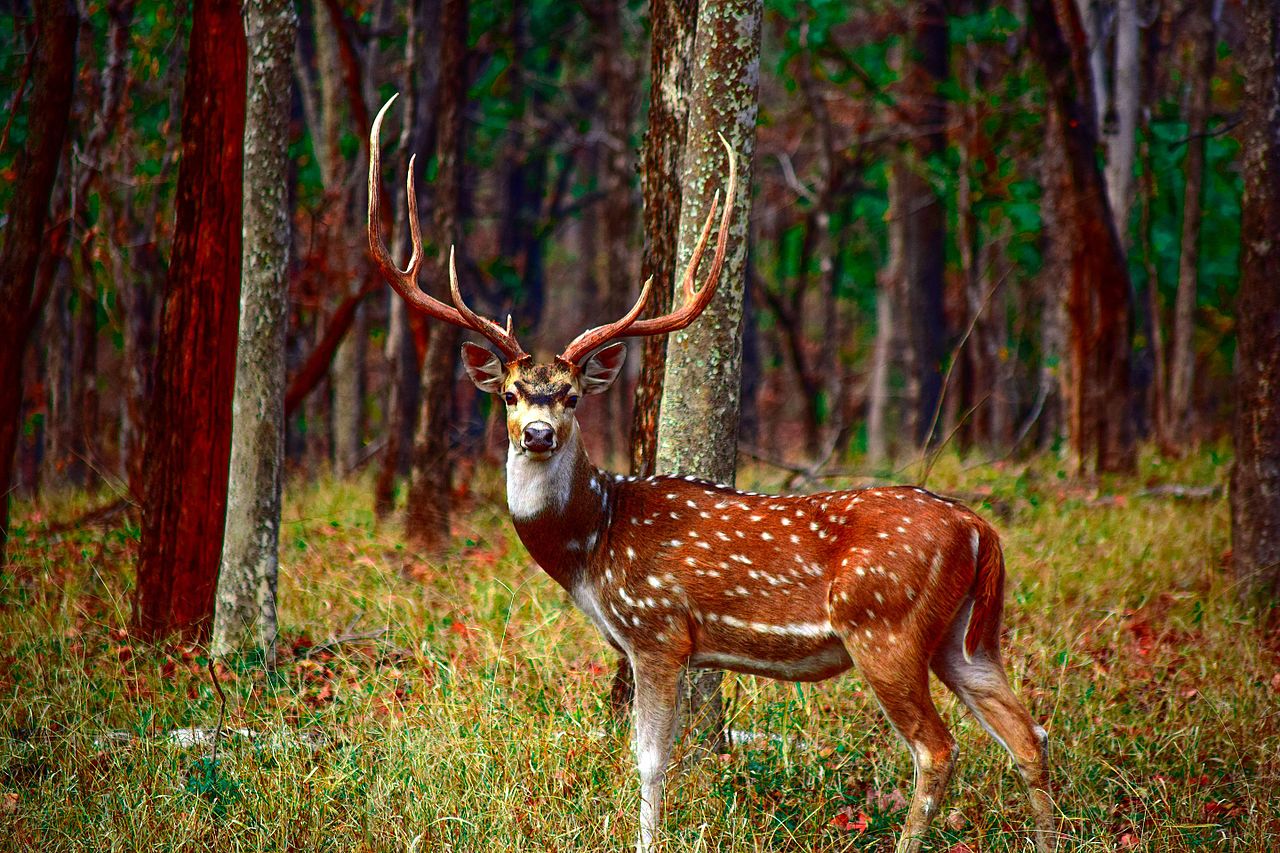
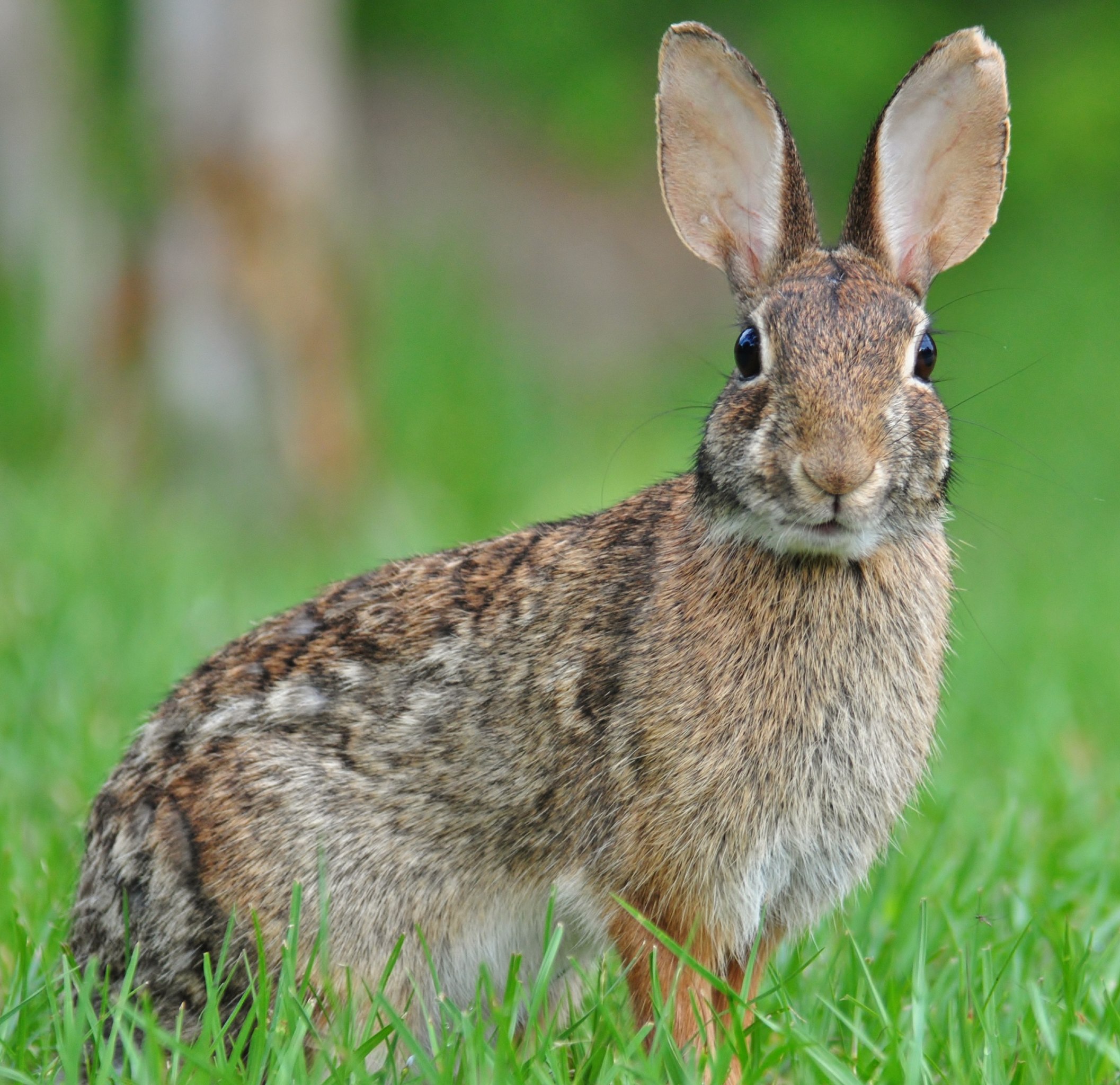
Rabbit:
Generally smaller with shorter legs and ears.
Adapted fur coloration for camouflage, often brown or gray.
Prominent incisors for herbivorous diet.
Deer:
Larger in size, characterized by long legs and antlers (in males of some species).
Fur color varies; white-tailed deer have a reddish-brown coat.
Herbivorous dentition with molars for grinding plant material.
Comparison:
Rabbits are typically more compact, while deer exhibit a more elongated build.
Deer possess antlers (in males), absent in rabbits.
Both adapt their fur color for protective camouflage.
Ecological Implications:
Rabbit morphology aids in navigating dense vegetation for shelter.
Deer size and antlers may serve in mate selection and competition, influencing population dynamics.
3. Size
Rabbit:
Varies by species; common rabbits are 12 to 16 inches in length.
Deer:
Size varies among species; white-tailed deer may reach lengths of 5 to 6 feet.
Comparison:
Deer are generally much larger than rabbits.
Ecological Implications:
Size influences dietary needs, habitat requirements, and predator-prey dynamics in their respective ecosystems.
4. Weight
Rabbit:
Typically 2 to 4 pounds.
Deer:
White-tailed deer weigh around 100 to 300 pounds.
Comparison:
Deer are significantly heavier than rabbits.
Ecological Implications:
Weight affects energy consumption, resource competition, and the role of each species in the food web.
5. Dentition and Bite Force (PSI)
Rabbit:
Herbivorous dentition with prominent incisors.
Bite force measured in PSI is moderate.
Deer:
Similar herbivorous dentition; lack front incisors.
Bite force varies but generally less than carnivores.
Comparison:
Both share herbivorous dental adaptations.
Rabbits have more pronounced incisors for efficiently consuming vegetation.
Ecological Implications:
Dental adaptations reflect their plant-based diet, influencing vegetation control and ecosystem balance.
6. Physical Offensive Advantages
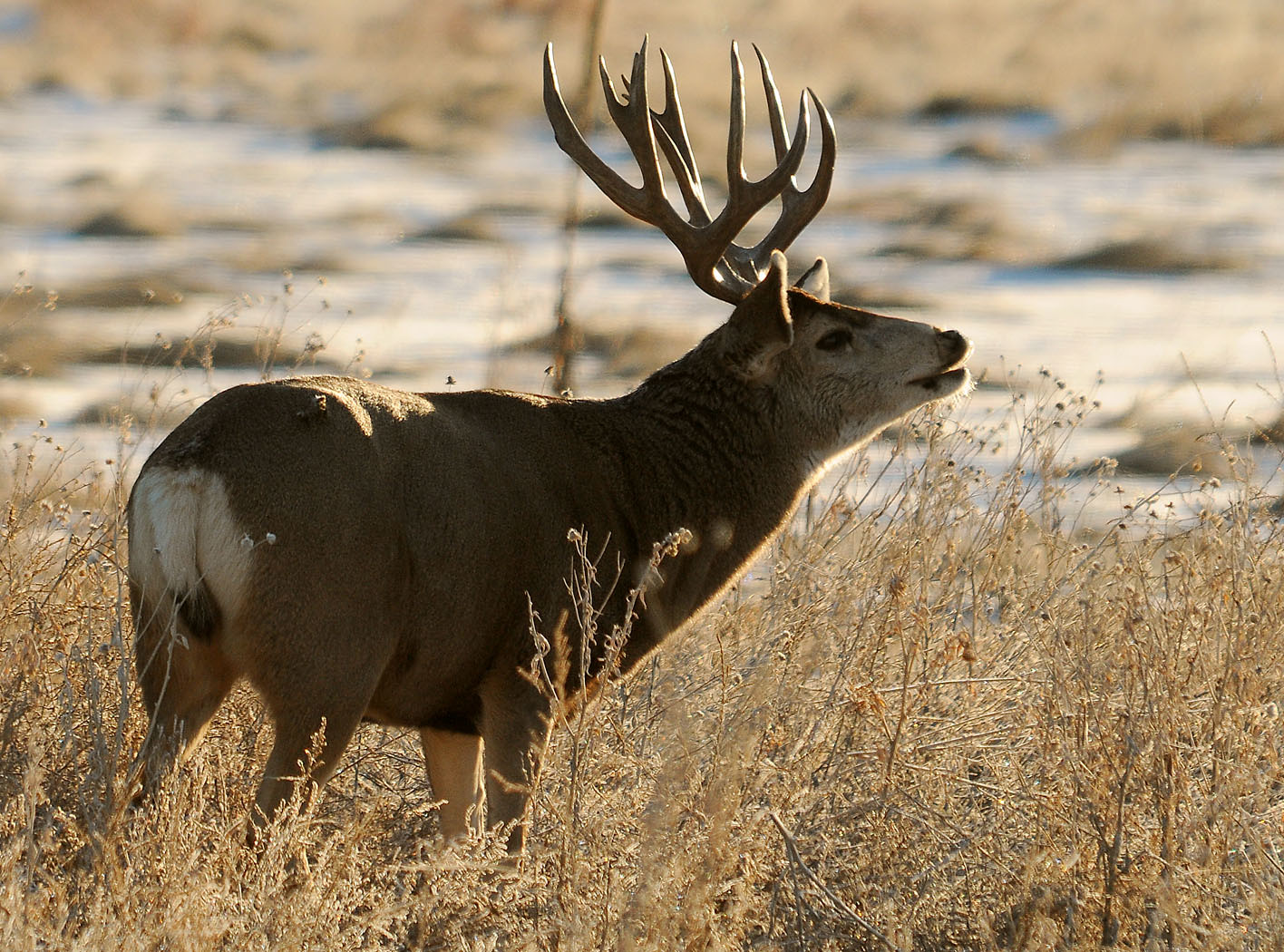
Rabbit:
Swift movements and agility for evasion.
Sharp claws and incisors used for defense.
Deer:
Antlers (in males) for territorial disputes and mating competition.
Powerful hooves as a defensive mechanism.
Comparison:
Rabbits rely on agility and sharp claws, while deer employ antlers and hooves for defense.
Ecological Implications:
Defensive strategies impact interactions within their ecosystems, influencing predator-prey relationships.
7. Physical Defensive Advantages
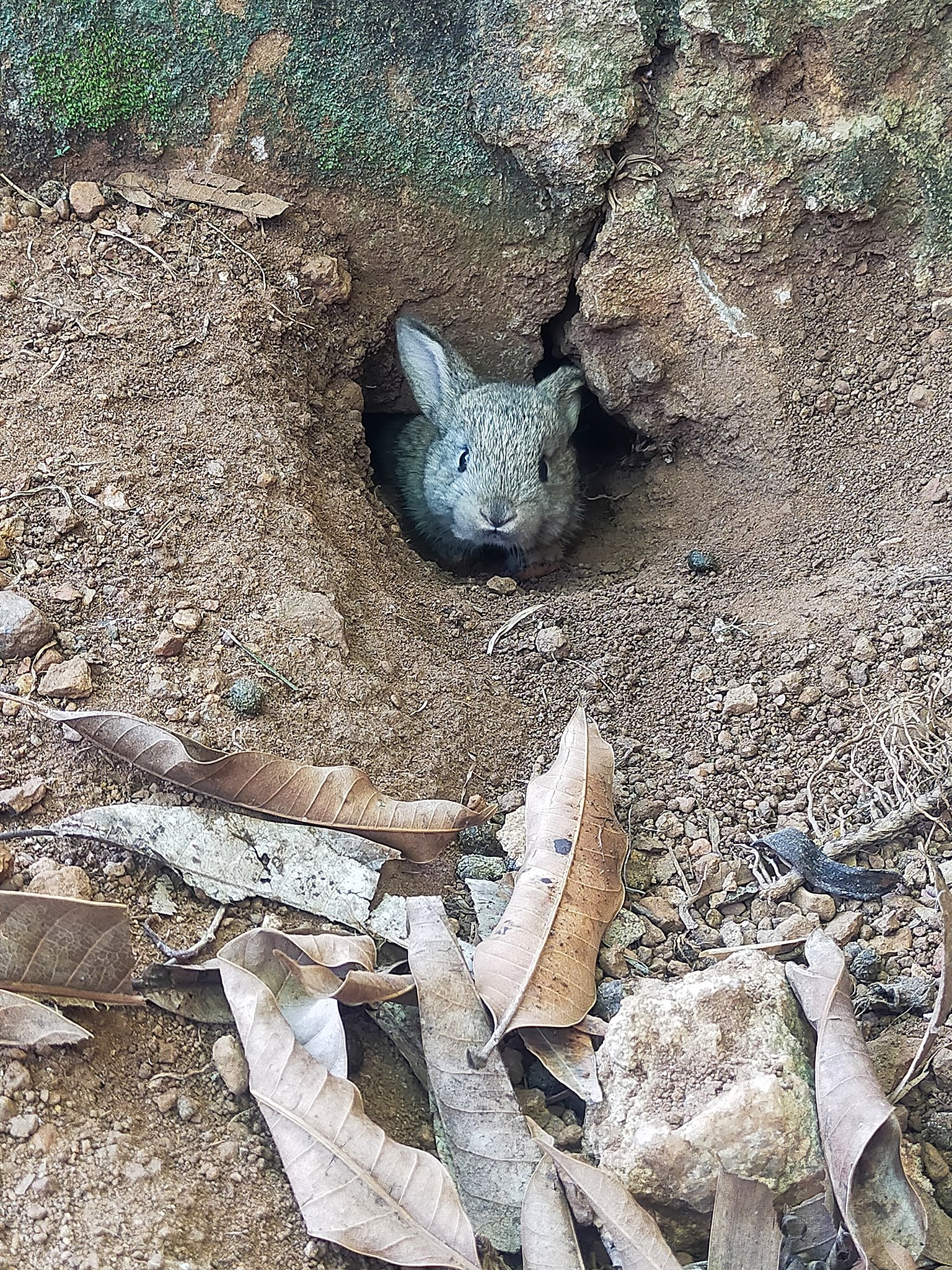
Rabbit:
Camouflage and burrow construction for hiding.
Evasion through rapid, unpredictable movements.
Deer:
Vigilance and rapid flight capabilities.
Camouflage in their environment.
Comparison:
Both species use camouflage and evasion as primary defensive strategies.
Ecological Implications:
Defensive adaptations contribute to their survival in diverse habitats and ecosystems.
8. Speed (Km/hour or Mile/hour)
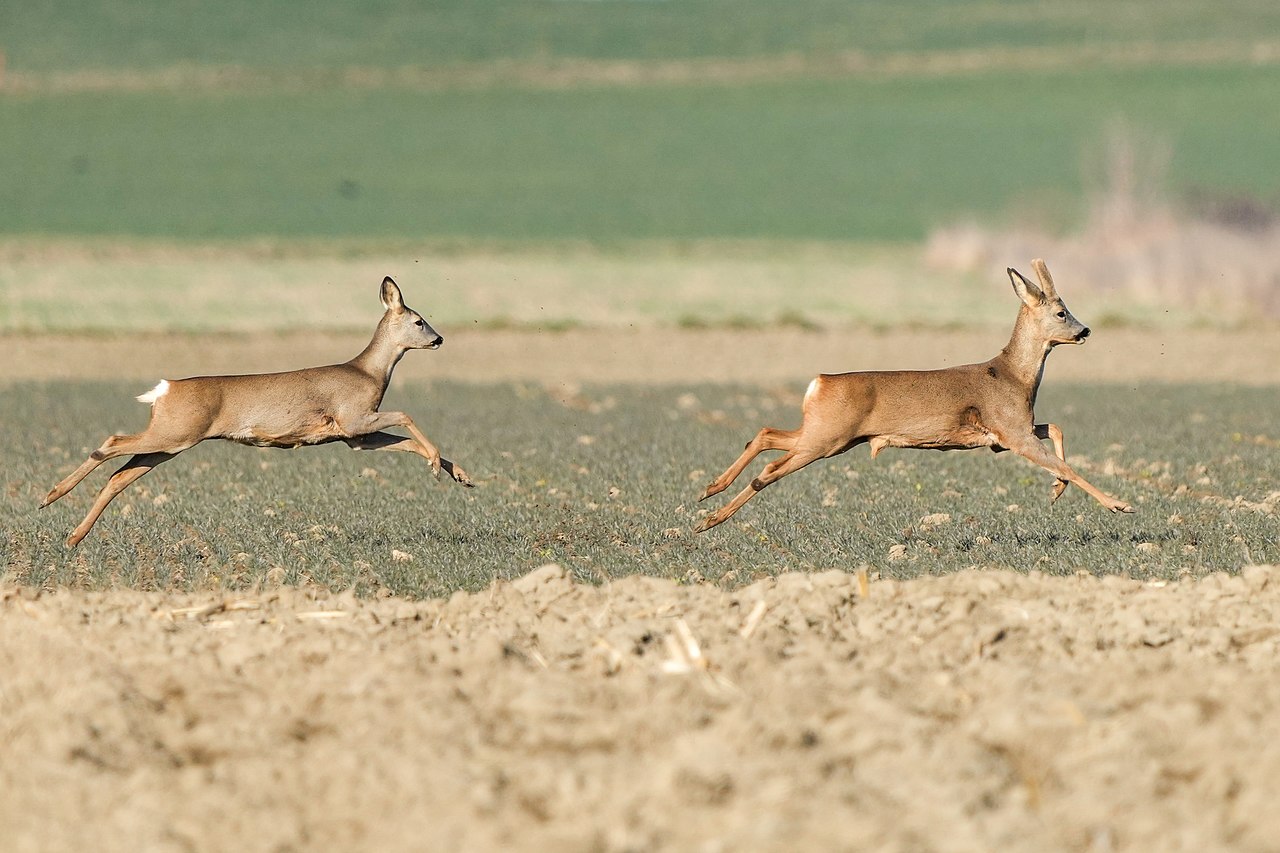
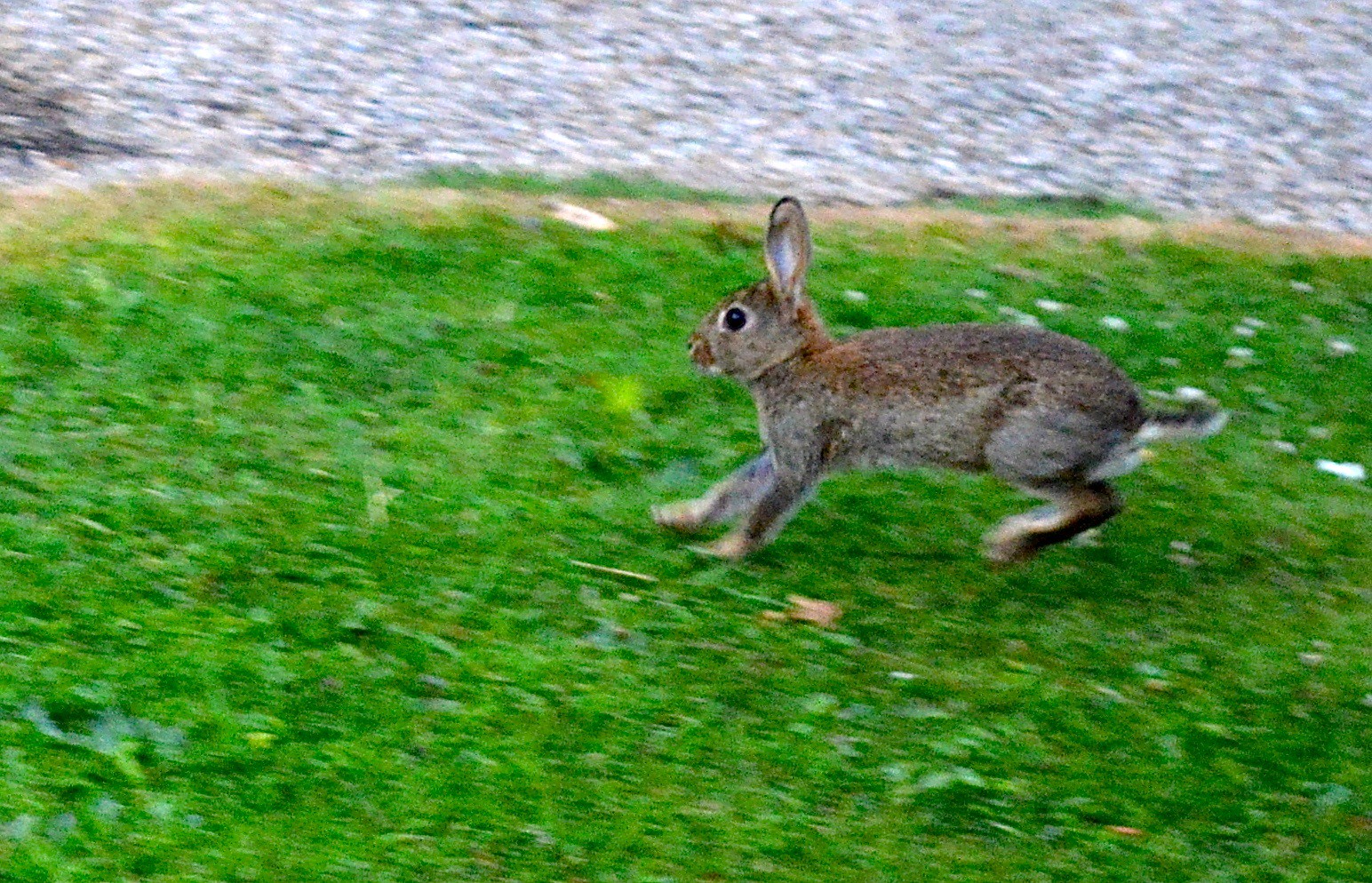
Rabbit:
Can reach speeds of 35 to 45 mph (56 to 72 km/h).
Deer:
White-tailed deer can run at speeds up to 30 mph (48 km/h).
Comparison:
Rabbits generally exhibit higher running speeds compared to deer.
Ecological Implications:
Speed influences their ability to escape predators and cover large areas for food and reproduction.
9. Agility
Rabbit:
Extremely agile, capable of sudden direction changes.
Deer:
Agile with the ability to navigate varied terrains.
Comparison:
Rabbits are renowned for their exceptional agility, but deer also display agility in their movements.
Ecological Implications:
Agility contributes to their survival by aiding in evasion from predators and negotiating challenging landscapes.
10. Senses
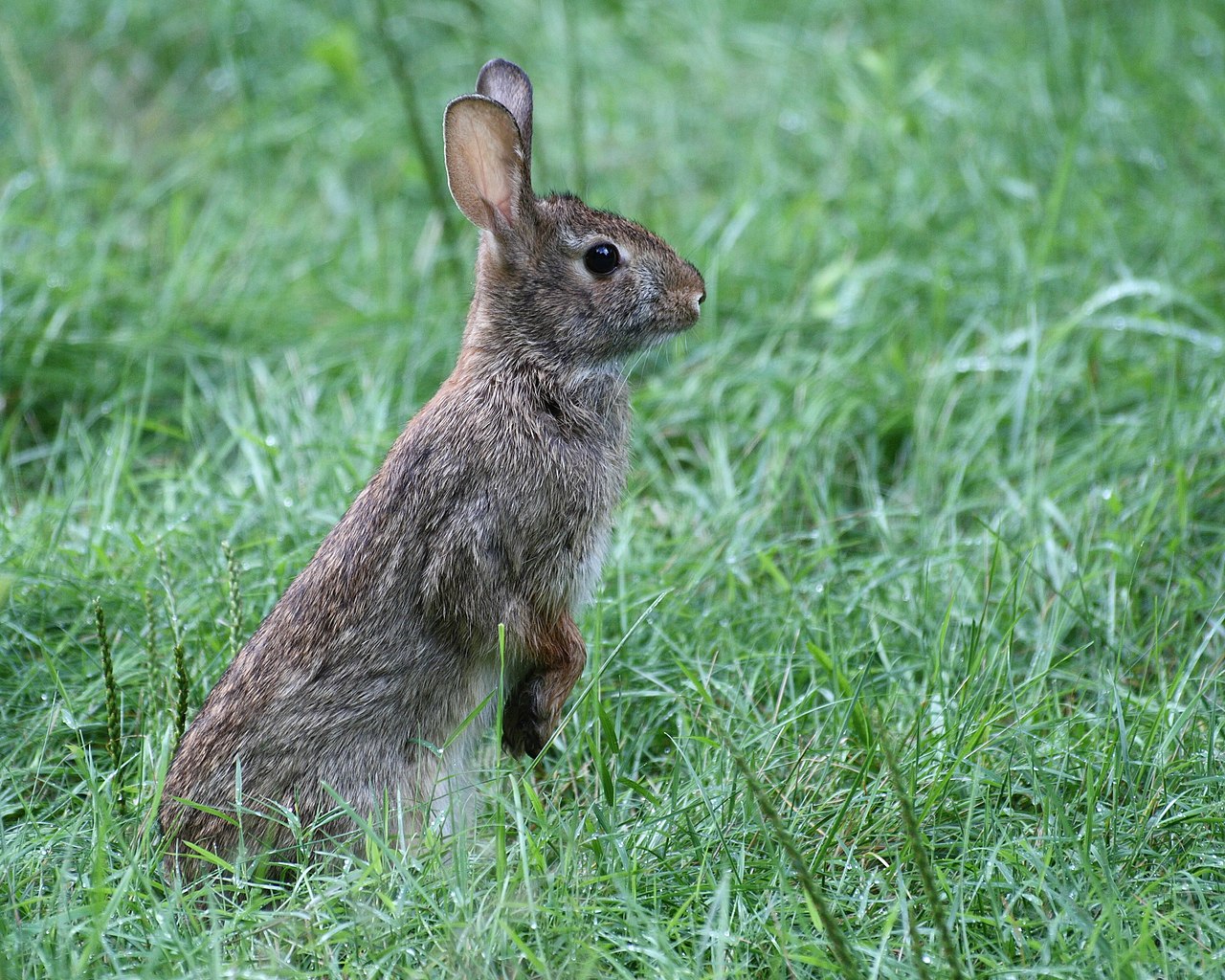
Rabbit:
Excellent hearing and smell, compensating for limited vision.
Eyes on the sides of the head for a broad field of view.
Deer:
Keen senses of hearing and smell.
Eyes on the sides provide a wide peripheral vision.
Comparison:
Both species prioritize acute hearing and smell for detecting predators.
Ecological Implications:
Enhanced senses contribute to early predator detection and response, influencing population dynamics.
11. Overall Physical Capacity
Rabbit:
Well-adapted for rapid movements and burrow construction.
Limited stamina but highly agile.
Deer:
Long-distance runners with good stamina.
Adapted for swift movements in open and forested environments.
Comparison:
Rabbits excel in short bursts of speed and agility, while deer exhibit endurance.
Ecological Implications:
Physical capacity influences foraging patterns, escape strategies, and roles within the ecosystem.
12. Habitat Preference(s) and Geographic Region
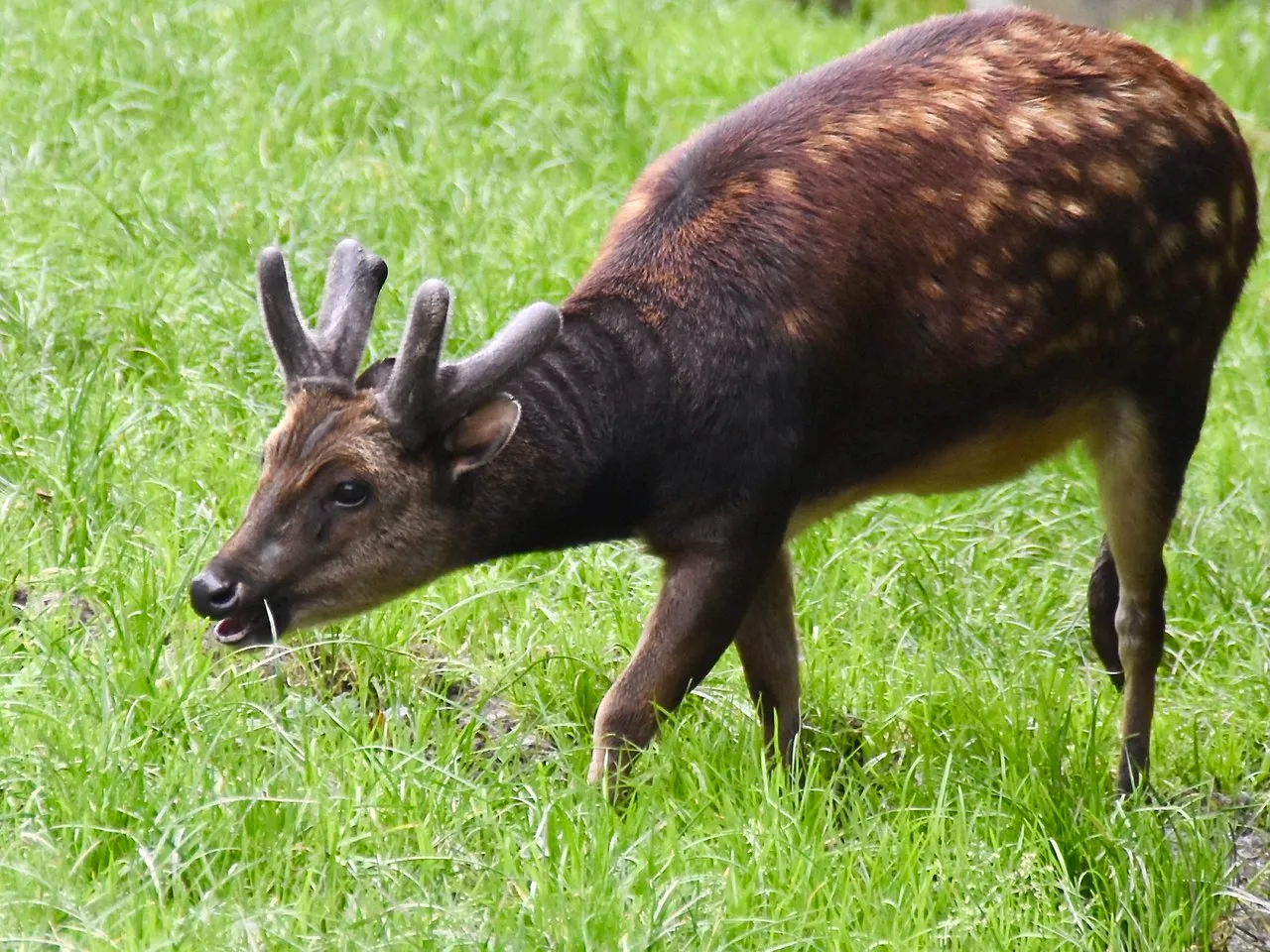
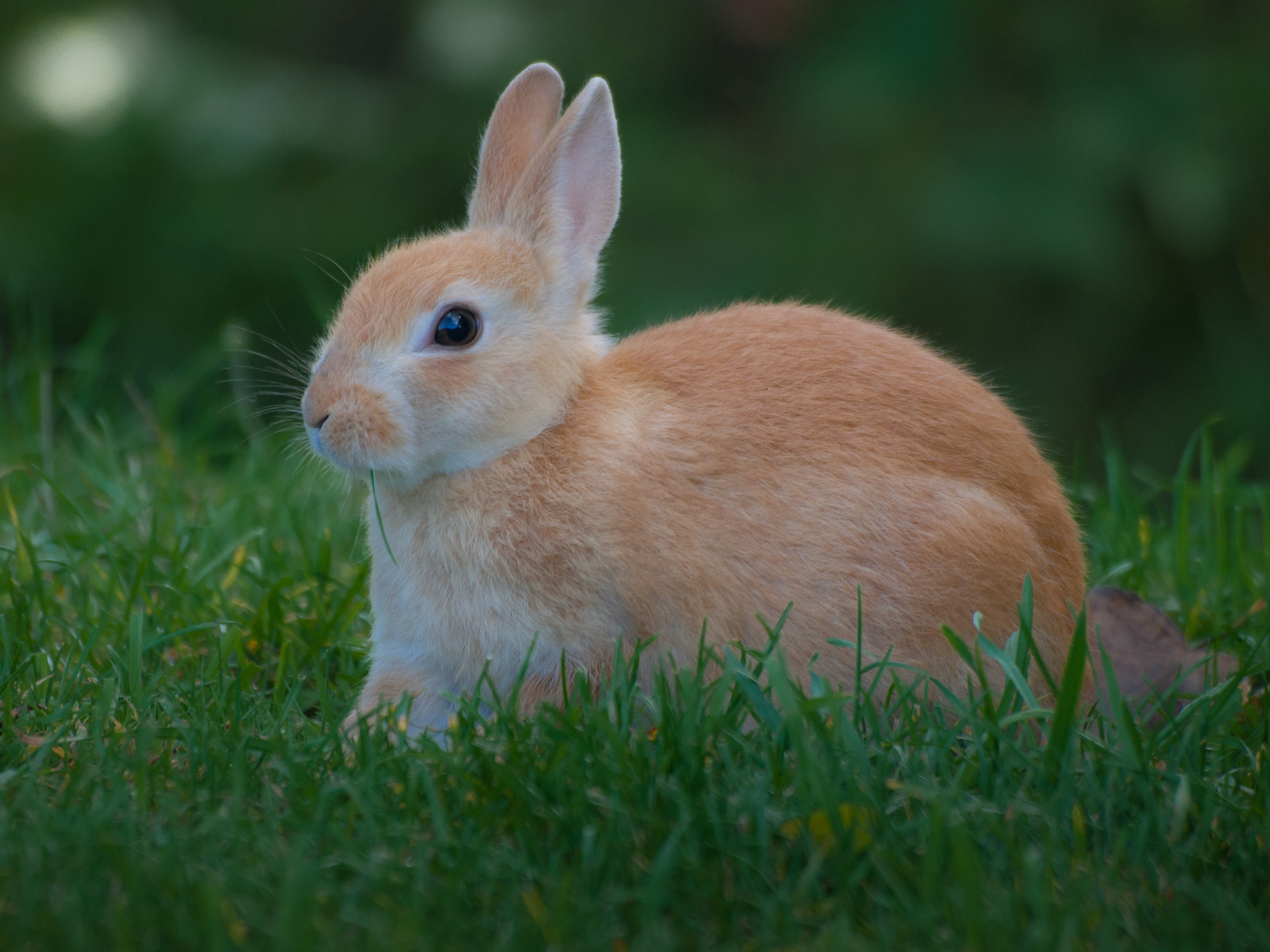
Rabbit:
Varied habitats including grasslands, forests, and deserts.
Found in Europe, Africa, Asia, and the Americas.
Deer:
Woodlands, grasslands, and forested areas.
Global distribution with species like white-tailed deer in North America.
Comparison:
Both species adapt to diverse environments, with deer often favoring wooded habitats.
Ecological Implications:
Habitat preferences influence ecosystem dynamics, vegetation control, and interactions with other species.
13. Tracks
Rabbit:
Small, distinctive tracks with individual imprints for each paw.
Deer:
Larger tracks with a characteristic two-lobed or heart-shaped hoof print.
Comparison:
Deer tracks are generally larger and more hoof-like, while rabbit tracks are smaller and show individual toe imprints.
Ecological Implications:
Tracking provides valuable ecological information, aiding researchers in population studies and wildlife management.
14. Lifespan
Rabbit:
Typically 1 to 2 years in the wild; may reach 9 to 12 years in captivity.
Deer:
Varies by species; white-tailed deer may live 4 to 5 years in the wild.
Comparison:
Rabbits generally have shorter lifespans compared to deer.
Ecological Implications:
Lifespan impacts reproductive strategies, population turnover, and ecological roles.
15. Mode of Feeding
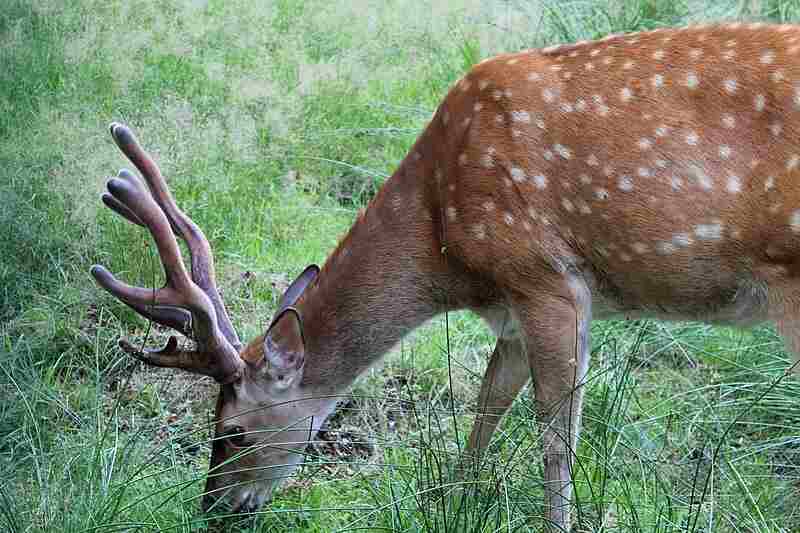
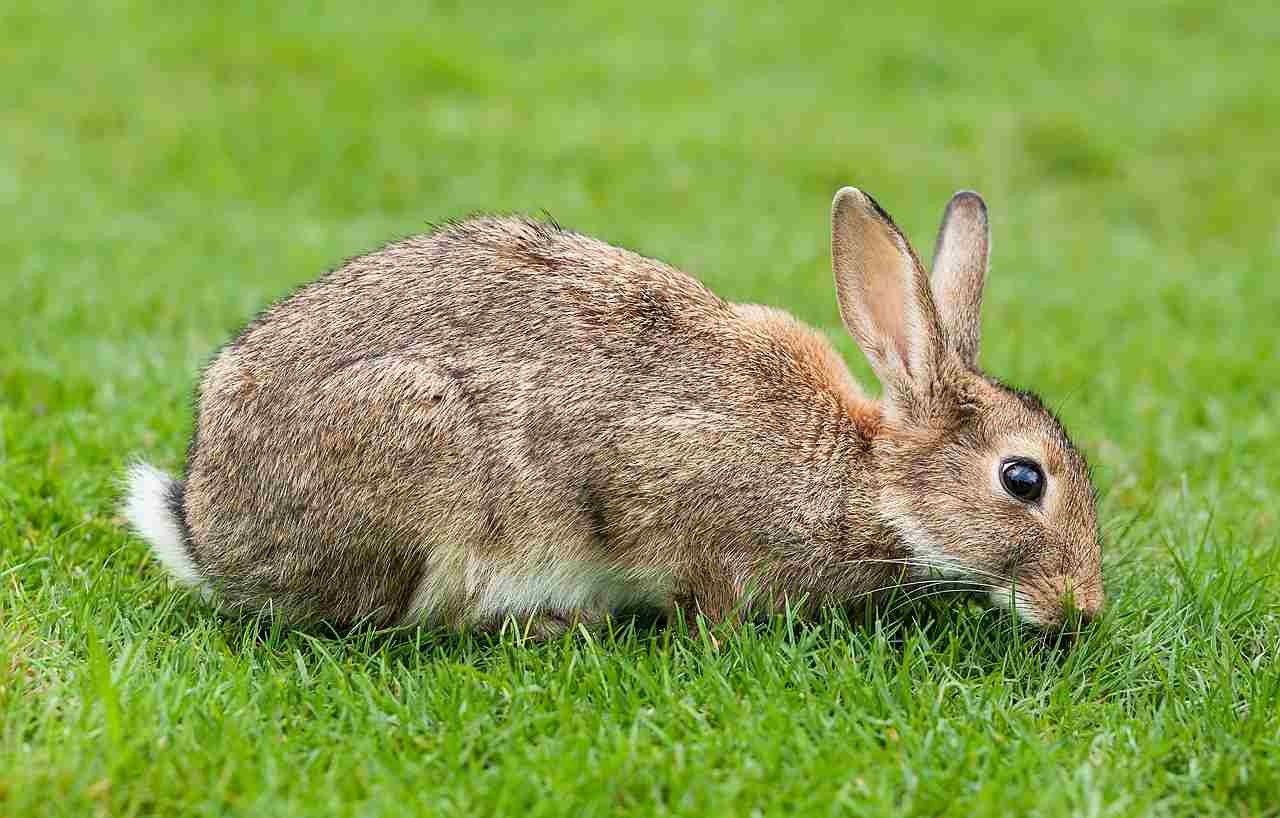
Rabbit:
Herbivorous, primarily consuming grasses and vegetation.
Deer:
Herbivorous, feeding on grasses, leaves, and shrubs.
Comparison:
Both species share a herbivorous diet, contributing to vegetation control in their habitats.
Ecological Implications:
Feeding habits influence plant communities, affecting biodiversity and ecosystem health.
16. Intelligence
Rabbit:
Displays alertness and problem-solving skills.
Social intelligence in group interactions.
Deer:
Demonstrates awareness of surroundings and potential threats.
Social intelligence in familial and group structures.
Comparison:
Both species exhibit a level of intelligence for survival and social interactions.
Ecological Implications:
Intelligence contributes to adaptability, learning from experiences, and responding to environmental changes.
17. Social Behavior
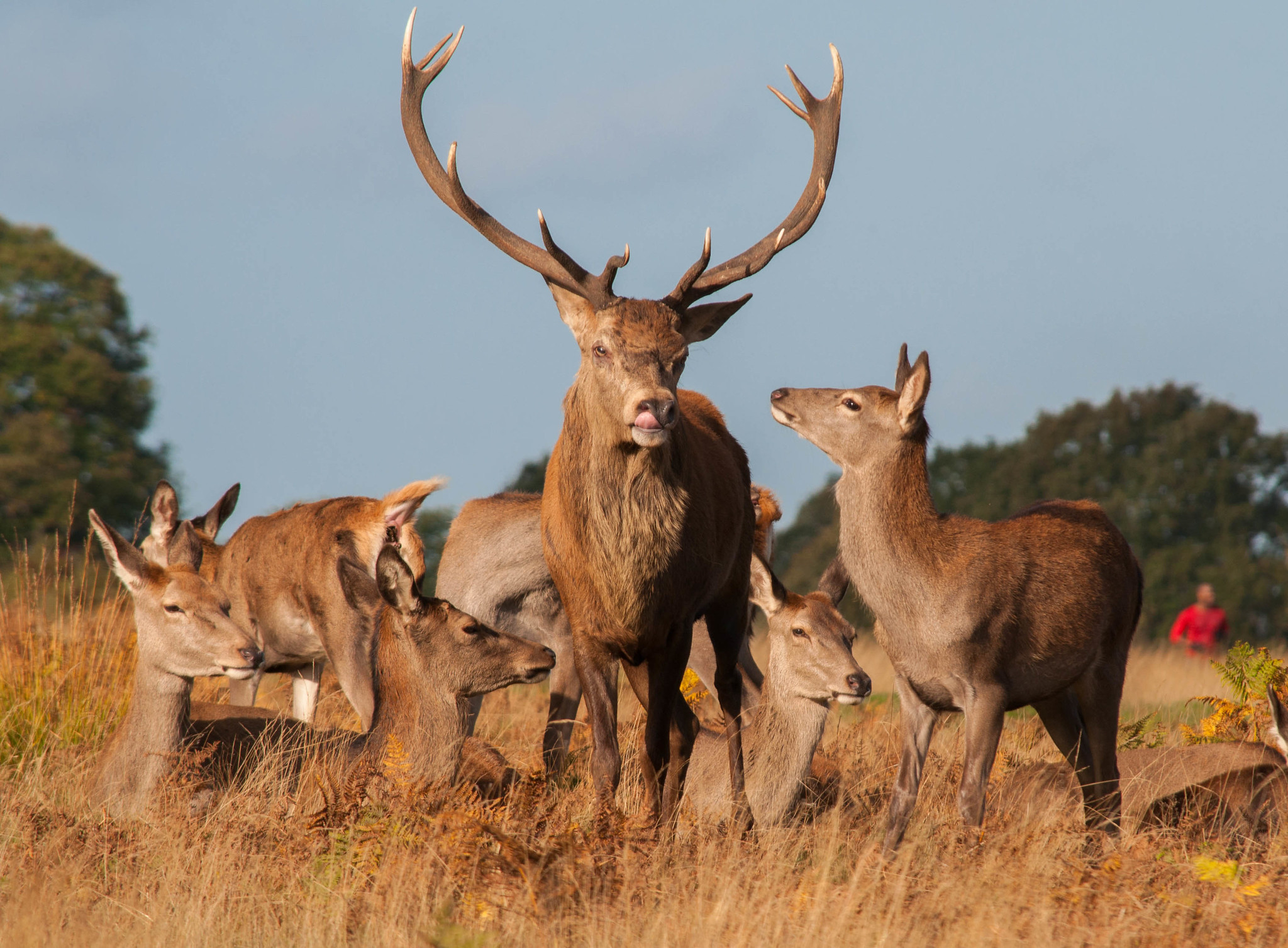
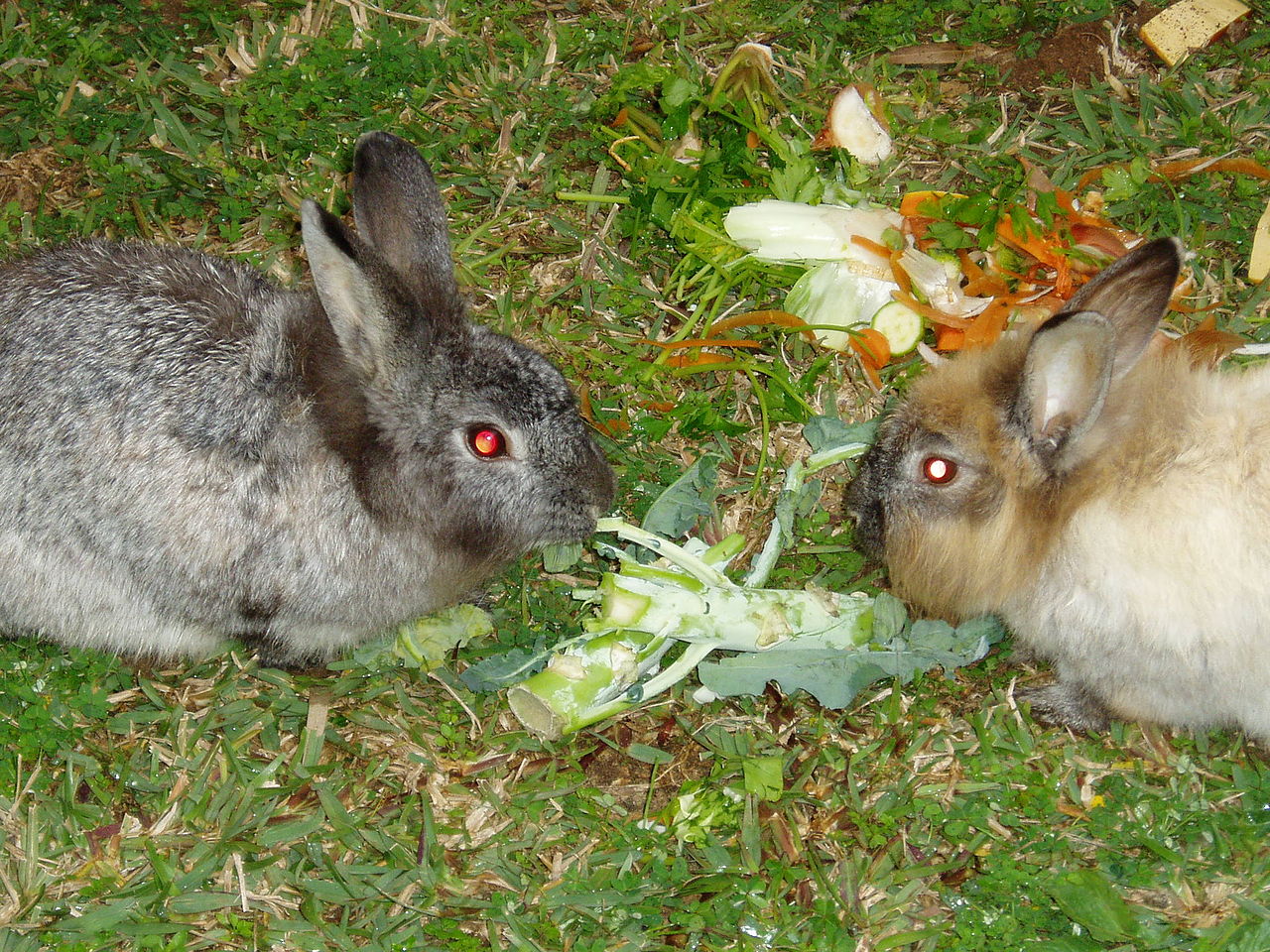
Rabbit:
Social animals, often forming colonies.
Display territorial behaviors.
Deer:
Variable social structures; white-tailed deer often in small family groups.
Mating season influences social dynamics.
Comparison:
Both exhibit social behaviors, but the extent and structure vary between species.
Ecological Implications:
Social structures impact mating patterns, resource sharing, and predator defense strategies.
18. Mode of Reproduction
Rabbit:
High reproductive rate; short gestation period.
Often produce multiple litters per year.
Deer:
Lower reproductive rate; longer gestation period.
Typically produce a single fawn per pregnancy.
Comparison:
Rabbits have a more rapid reproductive strategy compared to deer.
Ecological Implications:
Reproductive strategies influence population dynamics, prey availability, and predator-prey interactions.
19. Parental Behavior
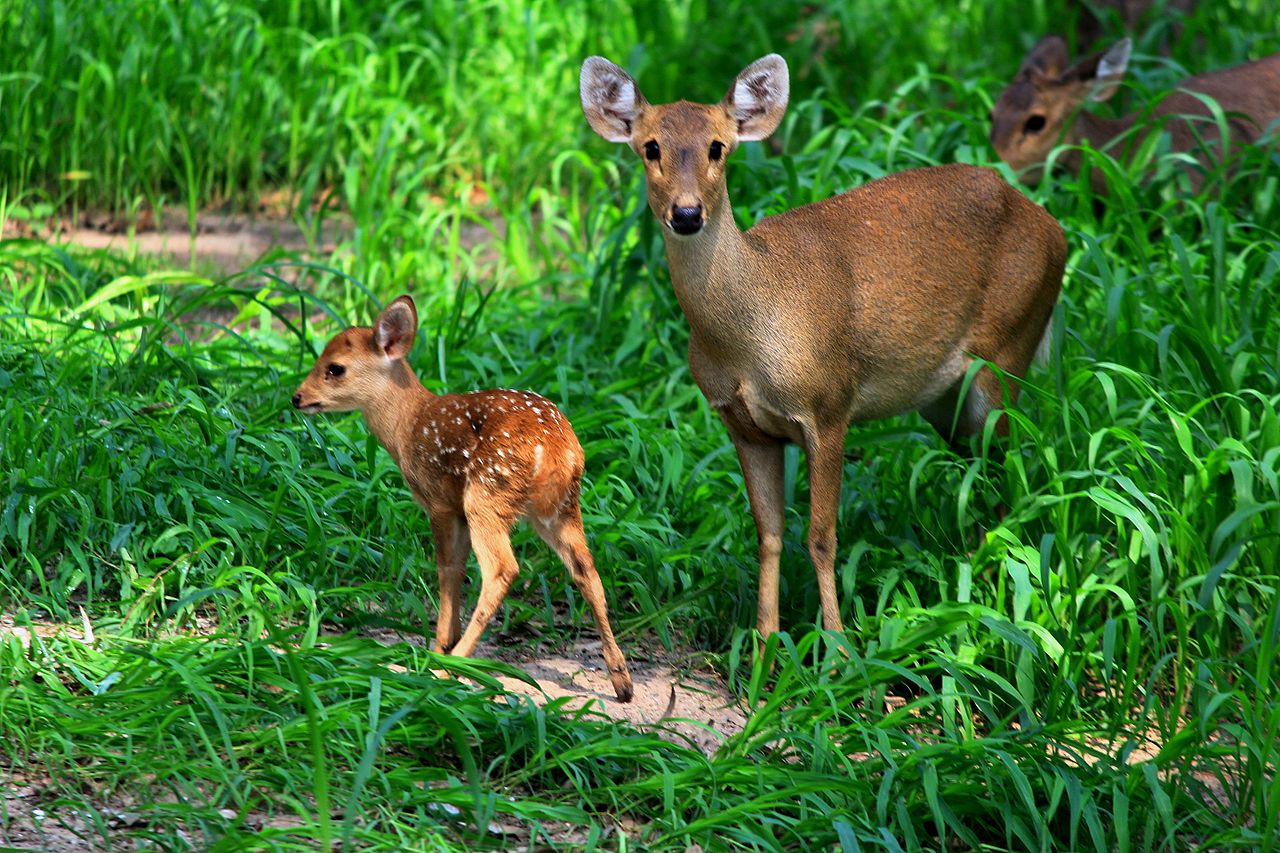
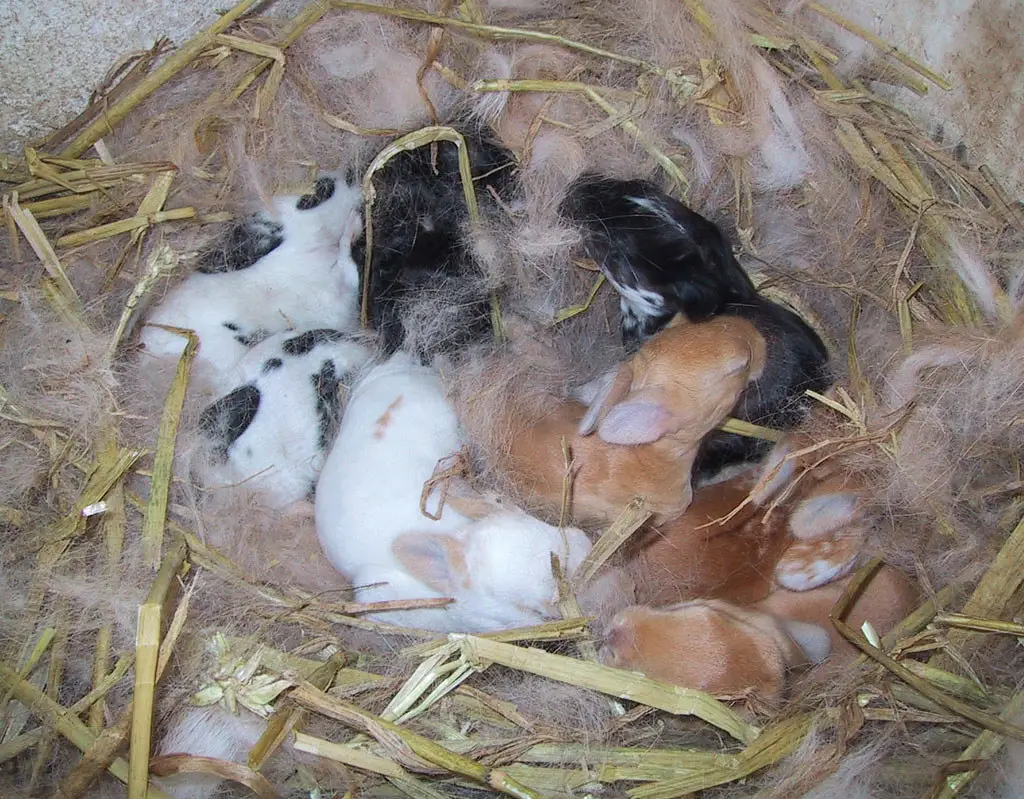
Rabbit:
Limited parental care; often leave the nest unattended.
Deer:
Females provide more substantial care, nursing and protecting their fawns.
Comparison:
Deer exhibit more involved parental care compared to rabbits.
Ecological Implications:
Parental behavior impacts the survival rates of offspring and contributes to population stability.
20. Proximity to Human-Inhabited Areas
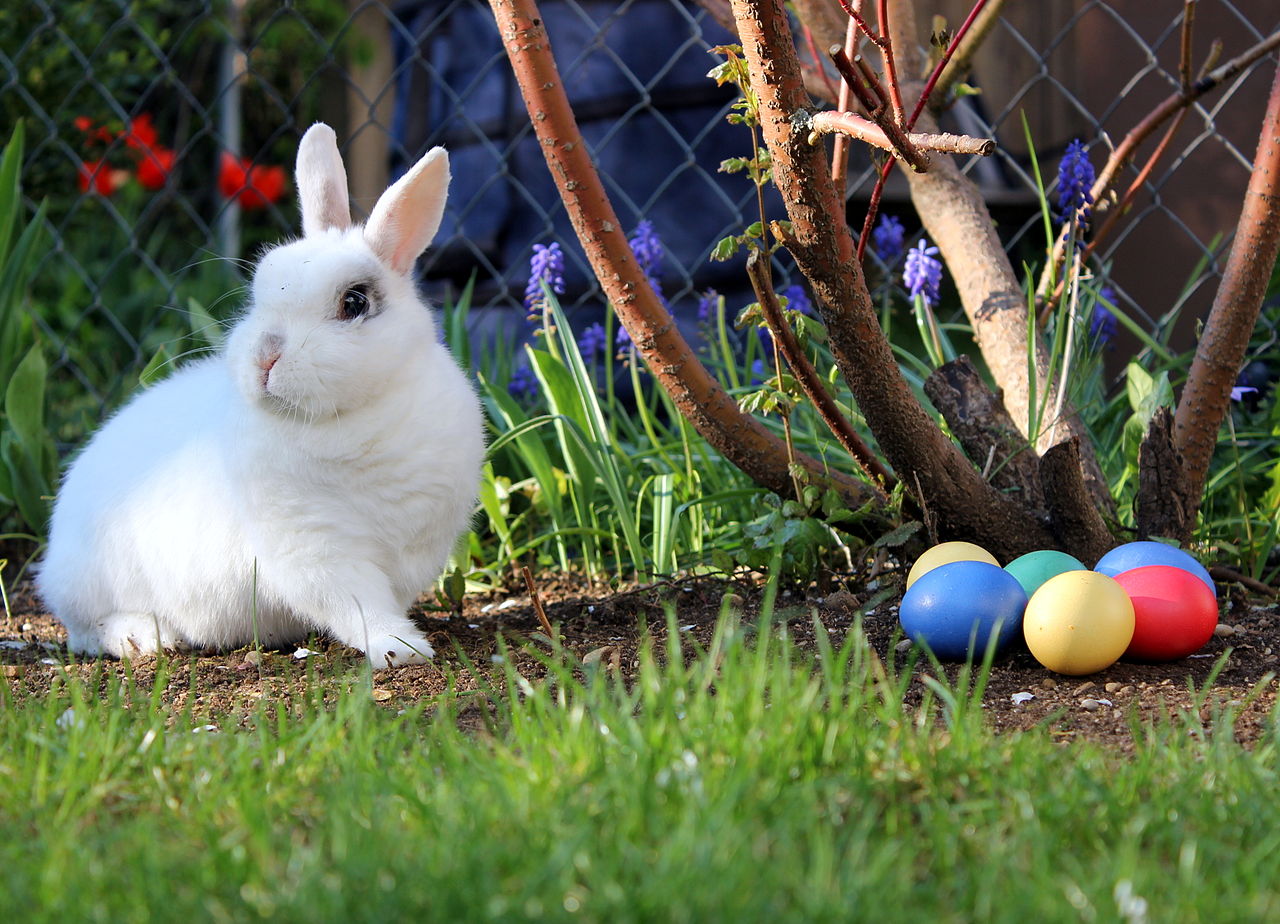
Rabbit:
Adaptable to urban and suburban environments; may inhabit gardens and parks.
Deer:
Can be found in suburban areas, especially when natural habitats are encroached upon.
Comparison:
Both species demonstrate adaptability to human-altered landscapes.
Ecological Implications:
Human proximity can influence behavior, resource utilization, and potential conflicts.
21. Behavior Toward Humans
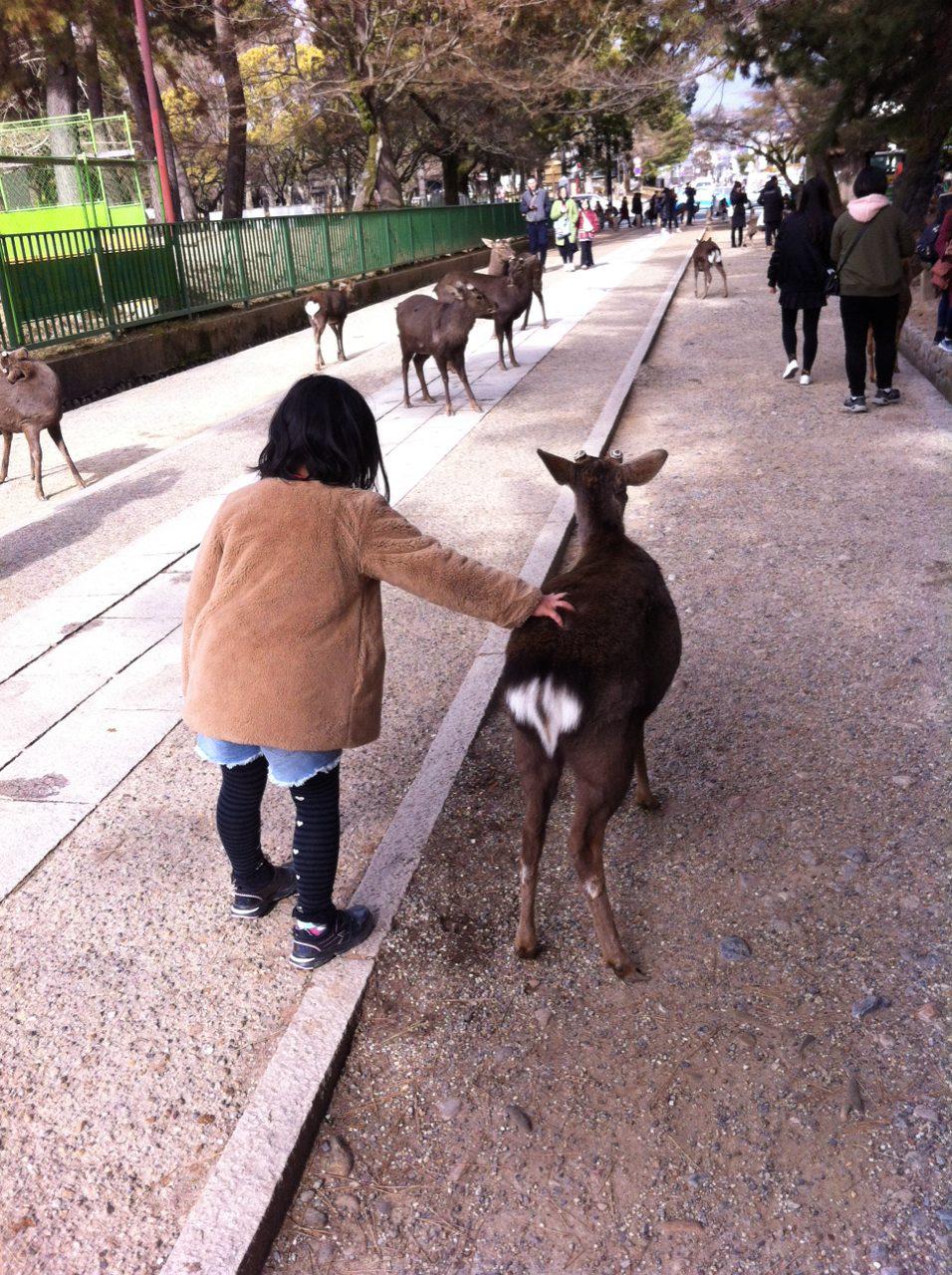
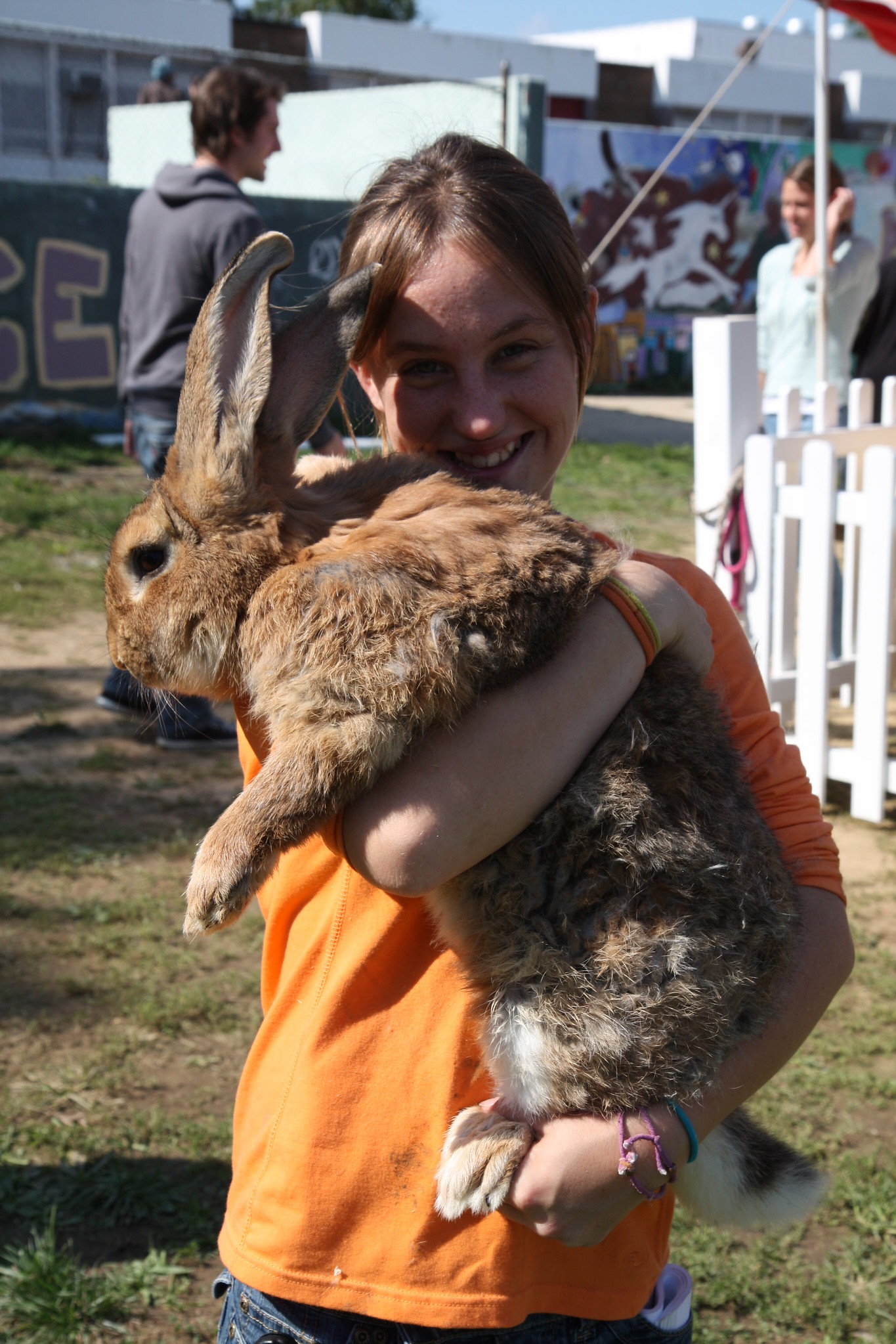
Rabbit:
Generally cautious but may become accustomed to human presence.
Deer:
Can be skittish or tolerant, depending on prior interactions.
Comparison:
Both species may exhibit a range of behaviors in response to human presence.
Ecological Implications:
Human-wildlife interactions impact stress levels, habitat use, and can lead to altered behaviors in urban settings.
22. Danger Posed to Humans
Rabbit:
Generally pose minimal danger to humans; may scratch or bite when feeling threatened.
Deer:
Rarely pose direct threats, but collisions with vehicles can be hazardous.
Comparison:
Both species typically avoid direct confrontation with humans.
Ecological Implications:
Minimal danger allows for coexistence, but human activities can inadvertently harm both species.
23. Associated Precautions
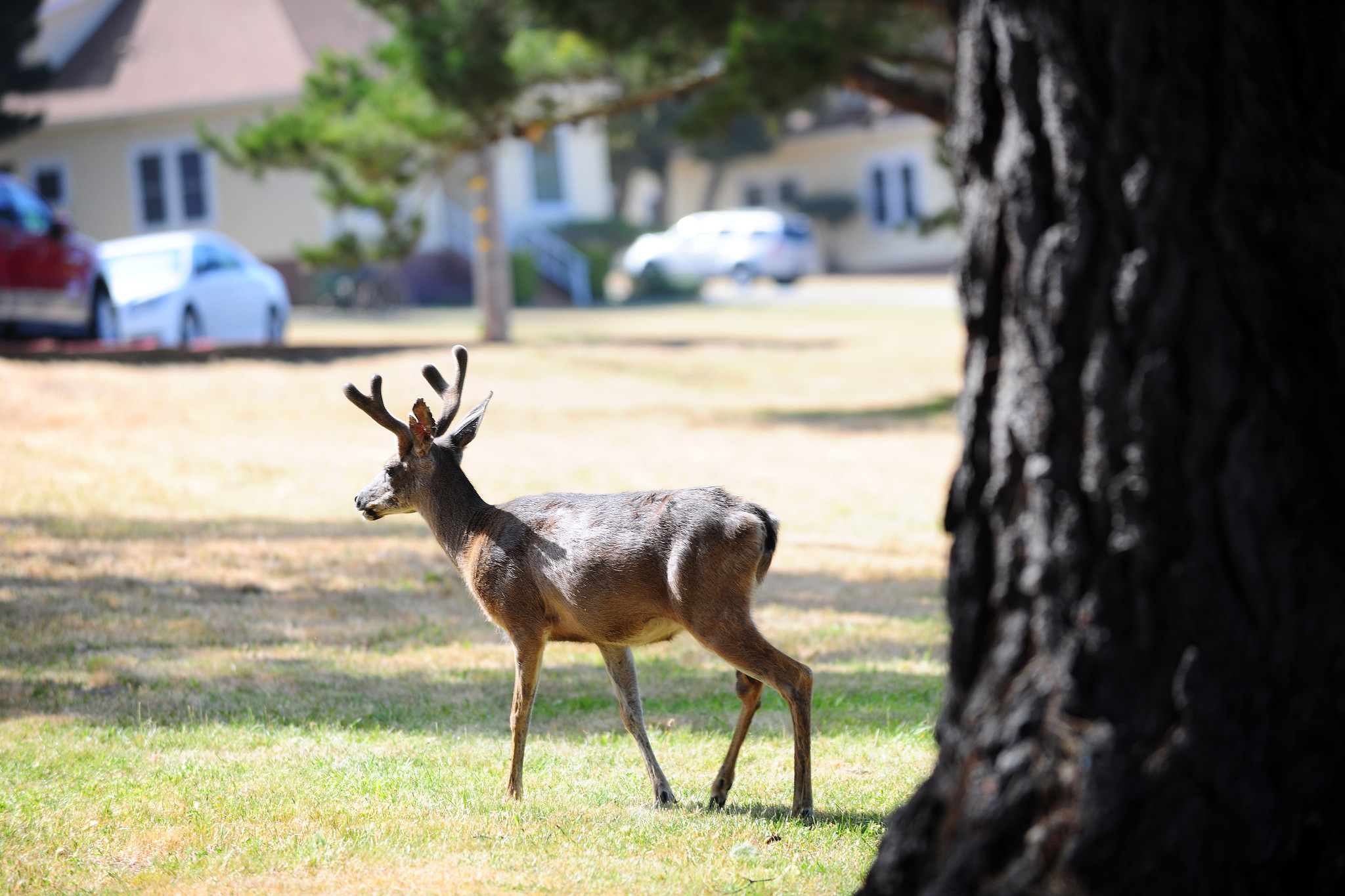
Rabbit:
Caution needed to avoid zoonotic diseases (e.g., tularemia).
Pet owners should be aware of potential health risks.
Deer:
Caution during mating season to avoid agitated individuals.
Drivers should be aware of deer crossings to prevent collisions.
Comparison:
Both species require awareness and caution to prevent potential conflicts or health risks.
Ecological Implications:
Human precautions mitigate risks and support harmonious interactions with wildlife.
24. Conservation Status
Rabbit:
Varied conservation status depending on the species; some face threats due to habitat loss.
Deer:
Generally, white-tailed deer have stable populations, while others may face threats regionally.
Comparison:
Conservation status varies, influenced by habitat degradation, hunting, and other human-induced factors.
Ecological Implications:
Conservation efforts are essential to maintain biodiversity and ecosystem balance.
*Summary of Comparison
Taxonomy:
Rabbit: Lagomorpha, Leporidae, Oryctolagus/Sylvilagus
Deer: Artiodactyla, Cervidae, Capreolinae/Cervinae
Appearance:
Rabbit: Smaller, shorter legs, herbivorous dentition
Deer: Larger, long legs, antlers in males, herbivorous dentition
Size:
Rabbit: Varies, 12-16 inches
Deer: Varies, white-tailed deer 5-6 feet
Weight:
Rabbit: 2-4 pounds
Deer: 100-300 pounds (white-tailed deer)
Dentition and Bite Force (PSI):
Rabbit: Sharp incisors, moderate bite force
Deer: Herbivorous dentition, varying bite force
Physical Offensive Advantages:
Rabbit: Swift, sharp claws, incisors
Deer: Antlers (males), powerful hooves
Physical Defensive Advantages:
Rabbit: Camouflage, evasion, burrow construction
Deer: Vigilance, rapid flight, camouflage
Speed:
Rabbit: 35-45 mph
Deer: Up to 30 mph (white-tailed deer)
Agility:
Rabbit: Highly agile
Deer: Agile, especially in varied terrains
Senses:
Both prioritize acute hearing and smell
Overall Physical Capacity:
Rabbit: Swift, agile
Deer: Long-distance runners, swift
Habitat Preference(s) and Geographic Region:
Both adaptable, with deer often favoring wooded habitats
Tracks:
Rabbit: Small, distinctive tracks
Deer: Larger tracks, hoof print
Lifespan:
Rabbit: Shorter lifespan
Deer: Varies, white-tailed deer 4-5 years
Mode of Feeding:
Both herbivores, impacting vegetation control
Intelligence:
Both exhibit a level of intelligence for survival and social interactions
Social Behavior:
Varies, with both exhibiting social behaviors
Mode of Reproduction:
Rabbit: High reproductive rate
Deer: Lower reproductive rate, longer gestation
Parental Behavior:
Rabbit: Limited parental care
Deer: More involved parental care
Proximity to Human-Inhabited Areas:
Both adaptable to human-altered landscapes
Behavior Toward Humans:
Both may exhibit a range of behaviors in response to human presence
Danger Posed to Humans:
Generally pose minimal direct danger
Associated Precautions:
Caution needed for zoonotic diseases, mating season, and driving near deer crossings
Conservation Status:
Varies by species, influenced by habitat loss and human activities
Conclusion
-Similarities:
Both are herbivores adapting to diverse habitats.
Exhibit social behaviors and adaptability to human-altered landscapes.
-Differences:
Varying reproductive strategies and parental care.
Size, weight, and physical adaptations differ, influencing ecological roles.
-Ecological Implications:
Understanding these differences and similarities is crucial for wildlife management, conservation, and promoting coexistence with these species.
